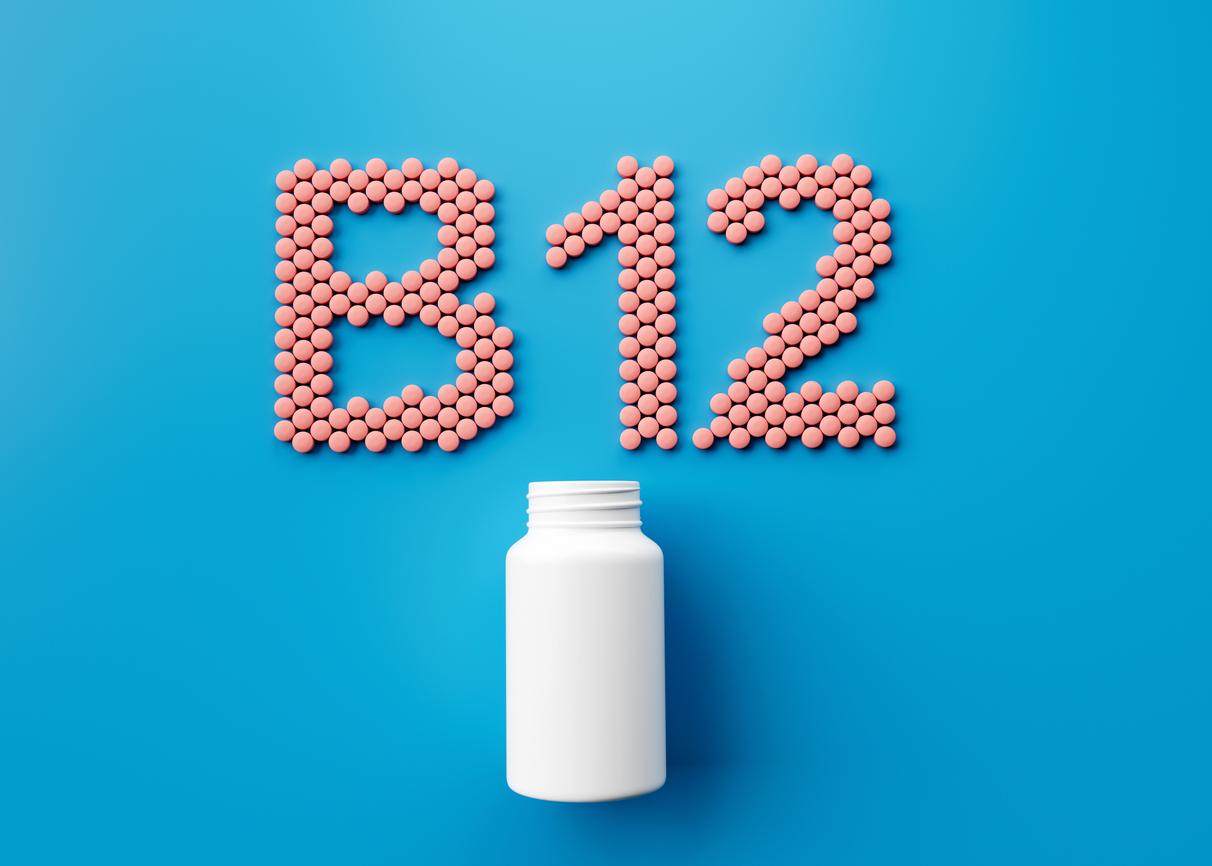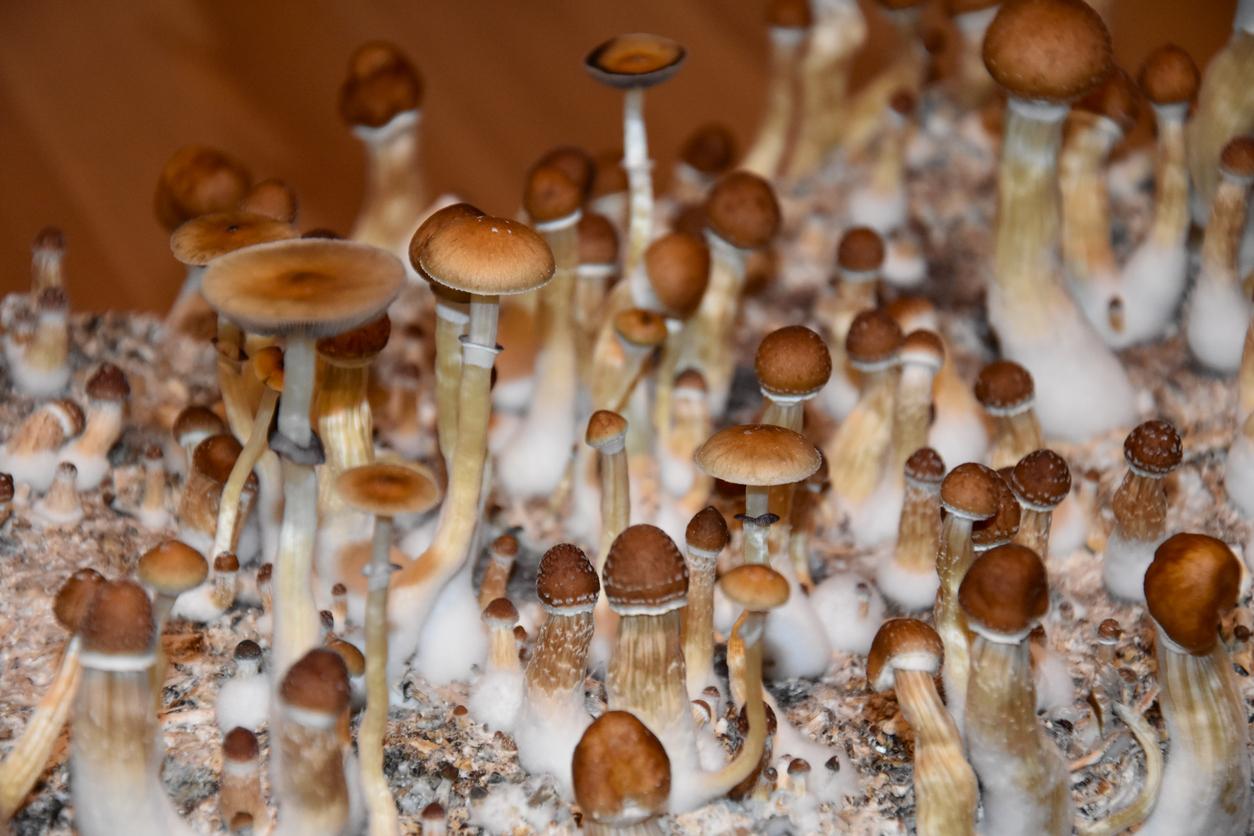Inserm researchers have brought to light new mechanisms of cooperation between the nervous system and the immune system in the response to pathogenic attacks.

Recent work published in the journal Nature Immunology highlight the involvement of the brain in the fight against infection.This discovery could make it possible to develop new therapeutic strategies which would target this regulatory pathway, against infections and certain cancers.
Let us first come back to the known biological mechanisms. During infection with viruses or other pathogenic organisms, the immune system is activated to eliminate the infectious agent. The immune cells then release inflammatory molecules called cytokines, which fight the spread of pathogens in the body.
Secretion of hormones in the blood
At the same time, the brain is also mobilized to regulate the inflammatory reaction. When it detects the cytokines produced by immune cells, the brain induces the secretion in the blood of hormones known to be negative regulators of inflammation: glucocorticoids.
Based on these elements, researchers from Inserm, CNRS and Aix Marseille University (AMU) within the Marseille-Luminy Immunology Center (CNRS / Inserm / AMU) were interested in the mode of action of Glucocorticoids produced as a result of brain activation in controlling the intensity of the inflammatory response caused by viral infection in mice.
They focused on Natural Killer (or NK) cells, which are immune cells that produce inflammatory cytokines and have major antiviral and anti-tumor activities. These NK cells have a receptor which is activated by glucocorticoids produced after infection. This activation results in the expression on the surface of NK cells of a molecule called PD-1. The researchers observed that mutant mice that did not express the glucocorticoid receptor in their NK cells were more likely to succumb to infection.
New cooperation mechanisms
This shows that:
1 / the expression of the glucocorticoid receptor by NK cells is necessary to regulate the intensity of the inflammation.
2 / this regulation is governed by the inhibitory effect of the PD-1 molecule which, in the infectious context, limits the production of inflammatory cytokines by NK cells.
“The most unexpected aspect of our discovery was that this regulation prevents the immune system from racing and destroying healthy tissue, while fully maintaining its antiviral properties necessary for the efficient elimination of the virus”, explains Sophie Ugolini. , researcher at Inserm and director of the study. New mechanisms of cooperation between the nervous system and the immune system in the response to pathogenic attacks have thus been brought to light.
.
















